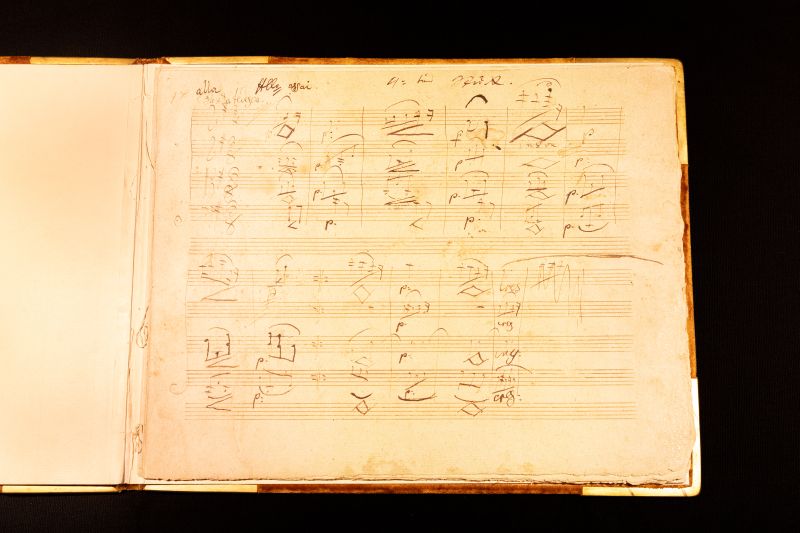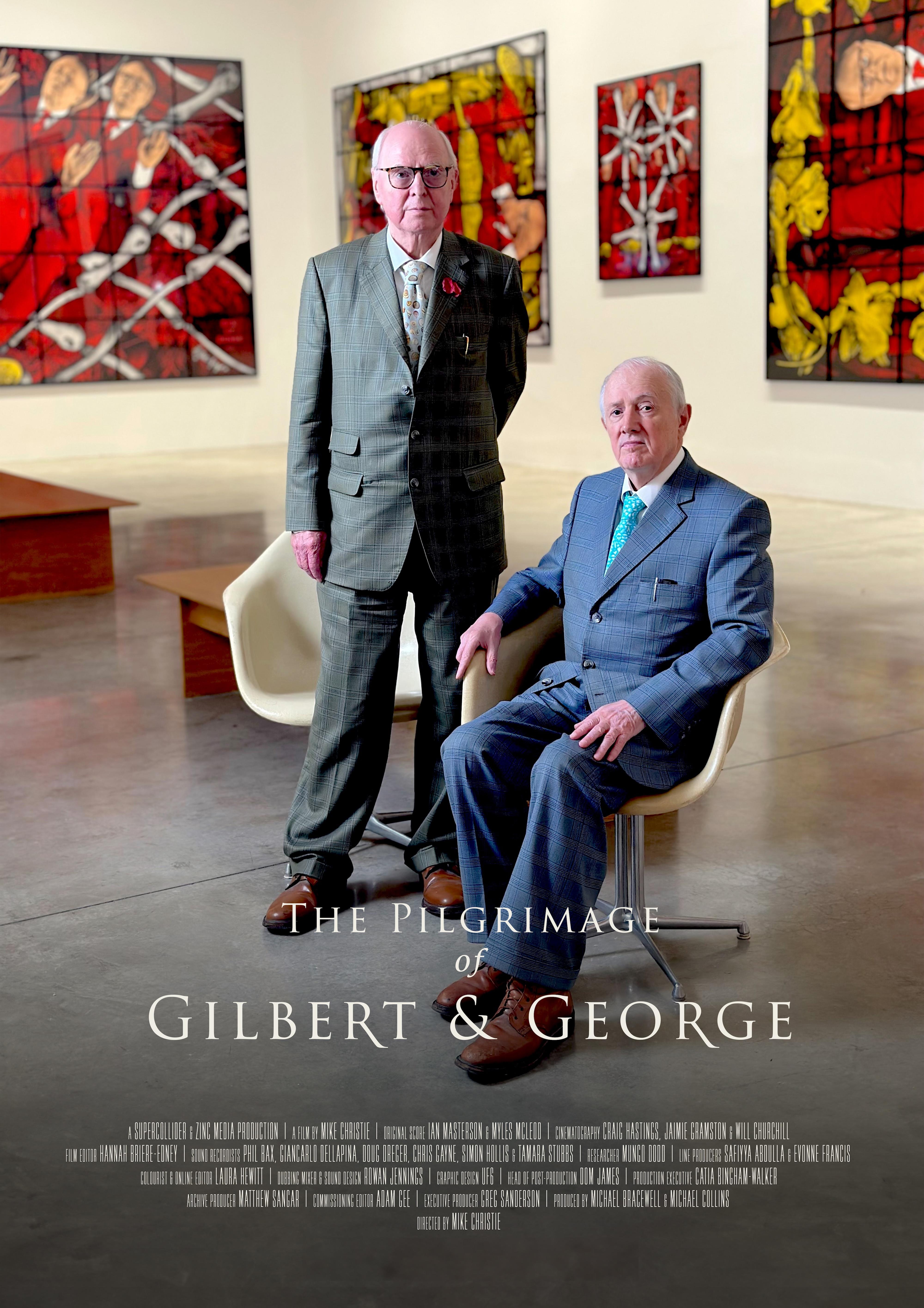A Beethoven quartet turns up in his own hand
NewsThe autograph manuscript of the fourth movement of Beethoven’s string quartet in B flat major, Opus 130, has been acquired by the Beethovenhaus in Bonn. It has been privately owned and inaccessible for decades.
As is often the case with lost musical manuscripts, there were Nazis involed.
UPDATE: The manuscript belonged to the Petschek family in Aussig (Cz.). The Petscheks, who were Jewish coal industrialists, emigrated in 1938. Their art collection was grabbed by the Nazis. In 1942, the head of the music collection of the Moravian Museum in Brno secured the manuscript for the museum. After the war, the Petscheks searched for the manuscript. When they located it, the Czechs refused to relinquish it. In 2022, the manuscript was restituted to the Petschek family, who agreed at the end of 2024 to sell it to the Beethoven-Haus and make it accessible to the public and researchers.






Comments